The CAP is pleased to welcome all the guest speakers at the 2016 Congress in Kingston.
Herzberg Public Speaker
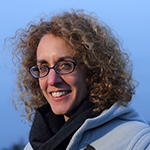
Prof. Victoria Kaspi
Department of Physics
McGill University
“The Cosmic Gift of Neutron Stars”
Although they are thousands of light years away, neutron stars can act as very precise cosmic beacons — a celestial gift that sheds light on some of the most interesting problems in modern science. We will explore these strange objects, explain how astronomers are using them to study issues ranging from the origins of the Universe to the very nature of matter, and even listen to the cosmic symphony they create.
Monday, June 13, 19:30
Plenary Speakers
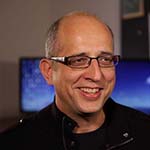
Prof. Hendrik Schatz
National Superconducting Cyclotron Laboratory
Michigan State University
“Nuclear Astrophysics with Radioactive Beams”
Stellar explosions and colliding neutron stars are important sources of the chemical elements in nature. The properties of very unstable isotopes that are created for fleeting moments in these extreme astrophysical sites, imprint themselves onto the nature of the explosion and the characteristic element patterns that are created and ultimately shape the composition of the visible universe. Accelerator facilities that produce beams of these short lived radioactive isotopes can now be used to study the relevant nuclear reaction rates and nuclear properties so one can understand in the laboratory how stars create elements. This also opens the door to using observed element patterns as a diagnostic tool to peek into the deep interiors of some of the most extreme stellar sites. I will review some of the current open questions related to astrophysical processes with unstable nuclei, and how experiments at current and planned rare isotope facilities in the US, Canada, and elsewhere, in concert with observations and astrophysical models, are addressing these questions.
Monday, June 13, 9:30
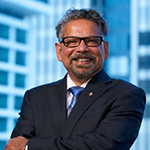
Dr. Mario Pinto
Natural Sciences and Engineering Research Council of Canada
“NSERC 2020 Strategic Plan”
I set a number of tasks for myself and for NSERC. Developing and launching NSERC 2020, our strategic plan for the next five years, stood at the top of the list. During a year-long consultation, NSERC benefitted greatly from the input and perspectives of our community through a variety of consultations. I will outline NSERC 2020 in my talk.
Tuesday, June 14, 11:00
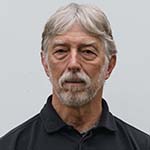
Prof. Russell Jacobs
Beckman Institute / Caltech Brain Imaging Center
California Institute of Technology
“Uses and abuses of ?MRI and simultaneous ?PET/?MRI: A Chemists talks with Physicists about Biology”
Like any technology, ?MRI and ?PET have appropriate and inappropriate uses. I will discuss why one might bother with either; then cover a range of applications: how 3D atlas of mouse and quail can be created from high resolution MR images; delve into how lesions and brain structure changes in mouse models of multiple sclerosis are amenable to study with MRI; describe how statistical parametric mapping (SPM) of multiple MRI brain scans of transgenic mouse models provide information about neuronal circuitry alterations. Monitoring changes in tumor physiology is an important aspect of both clinical and pre-clinical imaging – ADC, DCE and cell tracking work will be discussed. Recording of ?PET and ?MR images simultaneously is a recent development with a host of uses and abuses – work in mouse models of atherosclerosis and oncology require the sensitivity of ?PET and resolution with anatomical context of ?MRI.
Tuesday, June 14, 15:00
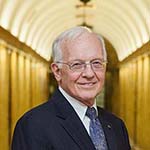
Prof. Paul Corkum
Canada Research Chair in Attosecond Photonics
University of Ottawa
“Probed quantum systems from the inside – on the attosecond time scale”
Attosecond pulses are generated by electrons that are extracted from a quantum system by tunneling in an intense light pulse and travel through the continuum. Portions of each electron wave packet are forced to re-collide with its parent ion by the oscillating force of the time dependent electric field. Upon re-collision, the electron and ion can re-combine, emitting soft X-ray radiation. This highly nonlinear process occurs in atoms, molecules and solids and offers unique measurement opportunities -of the attosecond pulses themselves; of molecular orbitals; and even the band structure of large bandgap semiconductors.
Thursday, June 16, 17:15
